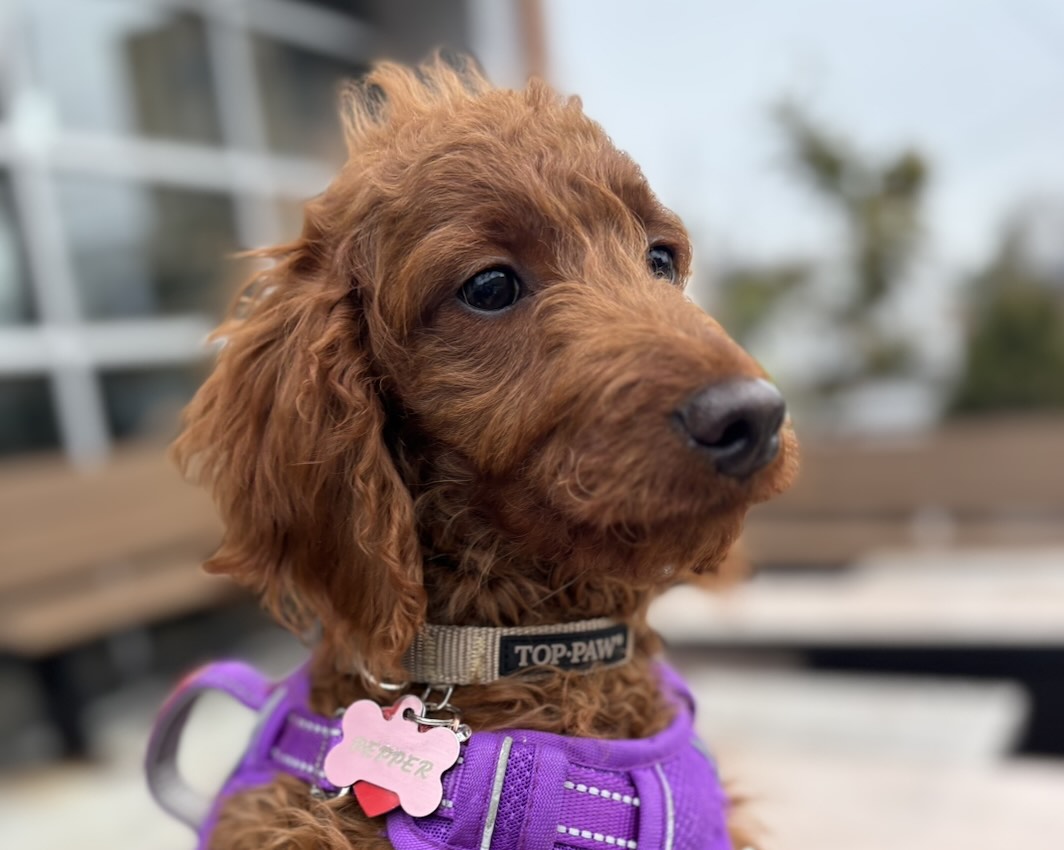Hyattsville author Mary Amato knows what makes kids tick.
An award-winning children’s and young adult book author, Amato started writing at the age of seven when her mother gave her a journal to keep notes on a family trip.
She has two children’s book series: The Riot Brothers, about two elementary-school-aged pranksters, and Good Crooks, about a brother and sister who try to stop their parents’ crimes, as well as YA books such as The Naked Mole-Rat Letters, about a 12-year-old girl upset by her father’s new relationship.
She also writes plays, plays the ukelele, writes songs and puts shadow theater plays on YouTube.
If you’d like to see her in action, you can find her performing at the Riverdale Park Farmer’s Market on May 25, teaching a workshop in journal writing at the Riversdale Historical Society in June or teaching a workshop on the writer’s notebook at Pyramid Atlantic Arts Center in August.
The Hyattsville Wire caught up with Amato recently by email.
You’ve written for children and young adults. Which is harder?
Madeleine L’Engle, author of A Wrinkle in Time, said, “You have to write the book that wants to be written. And if the book will be too difficult for grown-ups, then you write it for children.” Lots of people think that writing for kids is easy because they naively believe that a lower number of pages will mean less effort. Would it take less effort for a violin maker to make an excellent quality half-size violin that does everything a full size violin does? Nope. When you’re writing for kids you still have to nail everything that goes into a book: character, voice, plot, theme, symbolism, word choice, etc. The process takes many revisions, much determination, much chocolate.
Oh. Then there’s this little reality: sometimes the books that are the easiest to write aren’t the easiest to publish. I can write a picture book in a week, but picture books are very hard to sell to a publisher. I have way better results for my novels, which can take 1-2 years to write.
Which of your own books is your favorite?
No offense, but I hate the question about favorite books. Many authors say their books are like babies … favoritism is verboten! That said, some of my books are more like romps and some have more deep, personal meaning. If you want to discover the juicier bits of my heart and mind through my fiction, read The Naked Mole-Rat Letters, Guitar Notes and Edgar Allan’s Official Crime Investigation Notebook. The Naked Mole-Rat Letters is about a seventh-grade girl who discovers that her widowed father is falling in love. Although the main character is not me, I did go through that traumatic experience at that age. Guitar Notes is about the way music makes the soul thrum, something that feeds me every day. Edgar Allan’s Official Crime Investigation Notebook is about an awkward and rather pathetic fifth grader with a huge heart and a penchant for writing poetry.
How have kids’ reading habits changed? Is technology affecting how they read?
Children’s literature has been the least affected by the introduction of ebooks. Most parents still want their kids to have books in their hands. School and public libraries—if they haven’t been ravaged by spending cuts—are vibrant and hip and hopping places to hang out. Schools are using more laptops for writing and do subscribe to these online reservoirs of texts that students can read online. Still, walk into a school and you’ll see lots and lots of well-loved, worn-out paperbacks on kids’s desks and in their hands.
Whenever I see anybody—kid or adult—with a book in his or her hands, my soul does a little happy dance. I’ve always wanted to do a blog where I just post pictures of people I see reading, but I think it would be a little creepy to actually take the pictures.
Some of your books have dark undercurrents: Two kids whose parents are thieves, a girl considering revenge on her classmates, a girl sabotaging her father’s long-distance romance. Why is that? How do kids respond to these types of stories? Why do you think some authors shy away from that?
One of the best things about writing for kids and teens is the fact that the stuff they wrestle with is HUGE. Adults spend a lot of time dealing with the minutiae of life: paying bills, making appointments, flossing. Kids and teens spend most of their time dealing with firsts; every day they’re discovering things about themselves, about the world, about society, about life that are brand new to them. Think about it. At around the age of ten it hits you for the first time that everyone you love will die one day. Does it get bigger? I like to wrestle with some of these big questions in my more serious books in a way that genuinely respects the intelligence and sensitivity of kids and teens.
When you’re writing for young people, you quickly learn that they don’t just read your books. They chew, chomp, devour, and suck out every ounce of marrow. They write you letters and tell you that they’ve read your books 17 times each. They know more about your characters than you do. They tell you what resonated and how grateful they are to find a kindred spirit in your character and how some aspect of their life was changed by what you wrote.
How did you come to live in Hyattsville?
My husband and I moved here from Silver Spring in July because we heard great things about Hyattsville, and we are glad we made the decision. The place has a relaxed, warm vibe and is crawling with characters—lots of artists, writers, musicians—and I’m within walking distance to downtown. I teach private lessons in creative writing, songwriting and uke, and love my new local students.

















